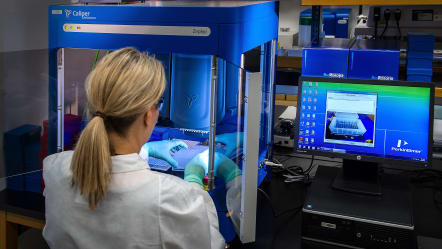Effective Story Grooming in Agile Software Development

Agile software development is now a widely accepted and efficient method of software development. Core principles are the consistent delivery of functional software by self-organized teams in an environment of changing priorities and requirements. And it works! If you can implement it right... Not every company approaches agile implementation the same way. However, there is one key component in any implementation: grooming requirements/user stories to ensure they meet some standard so they can be easily integrated into the development cycle.
Grooming with INVEST
Whether you use Scrum or Kanaban, the basic unit is clear and concise user stories. Not all user stories are perfect. Grooming is about taking incomplete user stories, understanding them, and rewriting them if necessary to achieve a quality standard before the team commits.
The best framework for grooming is INVEST. A well-written user story must meet every criterion of this acronym. The focus of grooming meetings should be to ensure the following user story criteria are met:
Independent: The user story can be delivered independently of other stories.
Negotiable: The solution/delivery method is Flexible. i.e., it should not be just a rigid listing of specific features, but should be focused on solving a problem.
Valuable: There is actual business value associated with the delivery of this story.
Estimable: This refers to the size of the user story and the ability to estimate the effort. Without estimable items, no sprint or release planning can be done.
Small: It can be done within one sprint. If the team commits to it, it should be possible to complete the task.
Testable: There is a certain level of confidence that can be tested for success or failure to meet the requirements of the story.
Conducting effective story grooming meetings
This is a meeting like any other: something developers don't always look forward to when they could be writing code instead. To some degree, we need to respect that critical discourse on stories is the point of grooming. We want developers to be critically discussing, but only enough to make sure the story can meet INVEST's criteria.
It's hard to focus the meeting on that single purpose. That's why it's important that the purpose and agenda of the meeting is clear to the participants from the beginning, and that the meeting leader is committed to demanding it.
Best practices:
- Set specific time limits for discussion of each story and use a clock for review.
- Write "INVEST" on the whiteboard and don't be afraid to refer to it constantly.
- Respect "rabbit holes," but as soon as someone starts sounding too theoretical, it's time to take them back
Stay open to changing priorities
Just because stories are groomed doesn't mean they're done. Priorities change often and it's a key aspect of agility to be flexible.
Often the point of story grooming is to identify challenges so that stories can be effectively ranked... 1) Is in the roadmap for development, 2) backlogged, or 3) discarded entirely.Sometimes it feels like a waste of time when stories are groomed but never deployed. Grooming, however, increases the overall understanding for the team.
A team that can groom stories faster using the INVEST criteria will have an advantage because they will face less frustration during development.
Yes, it's still a meeting, but it's worth the time if the best practice is followed.



